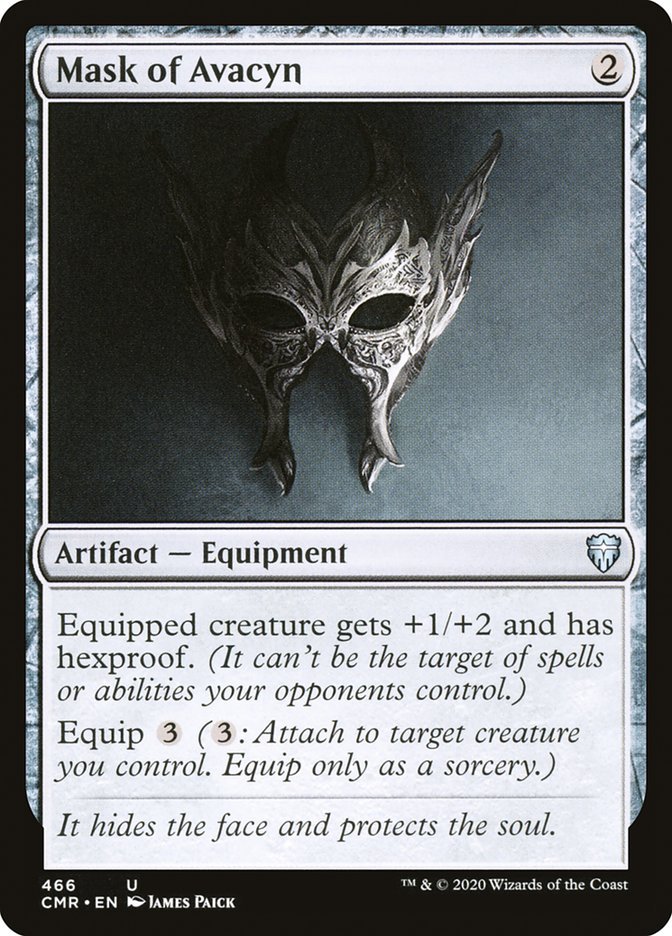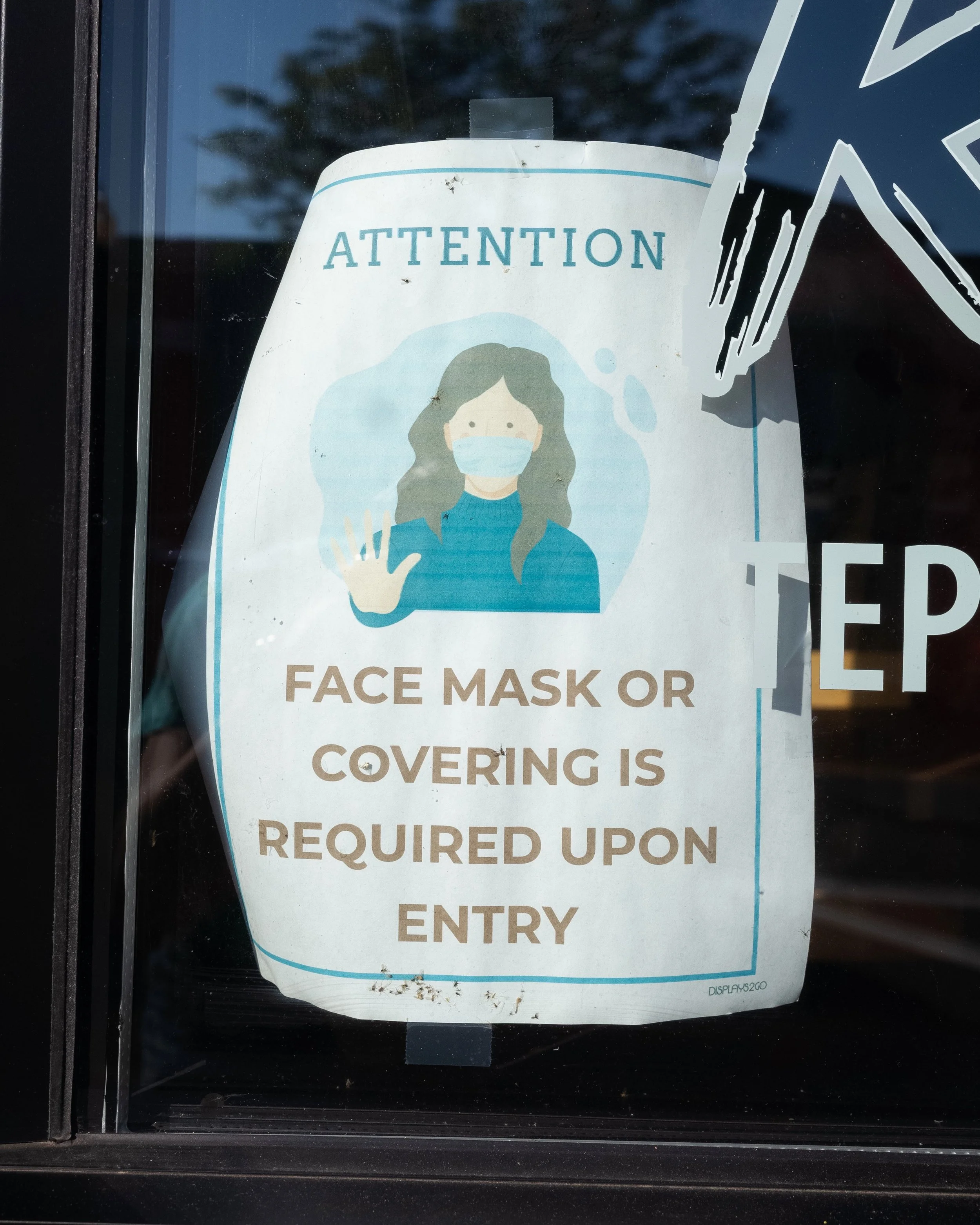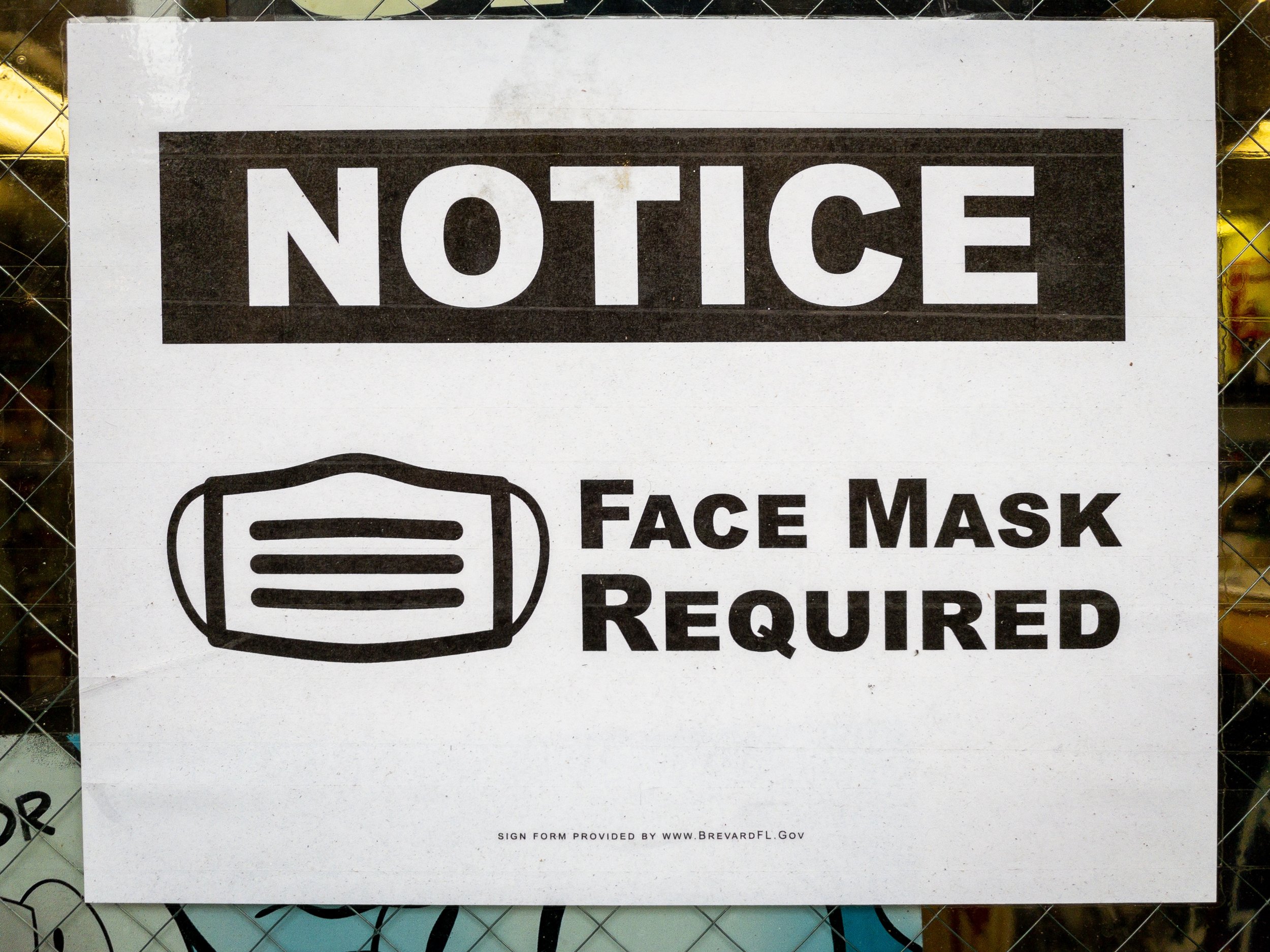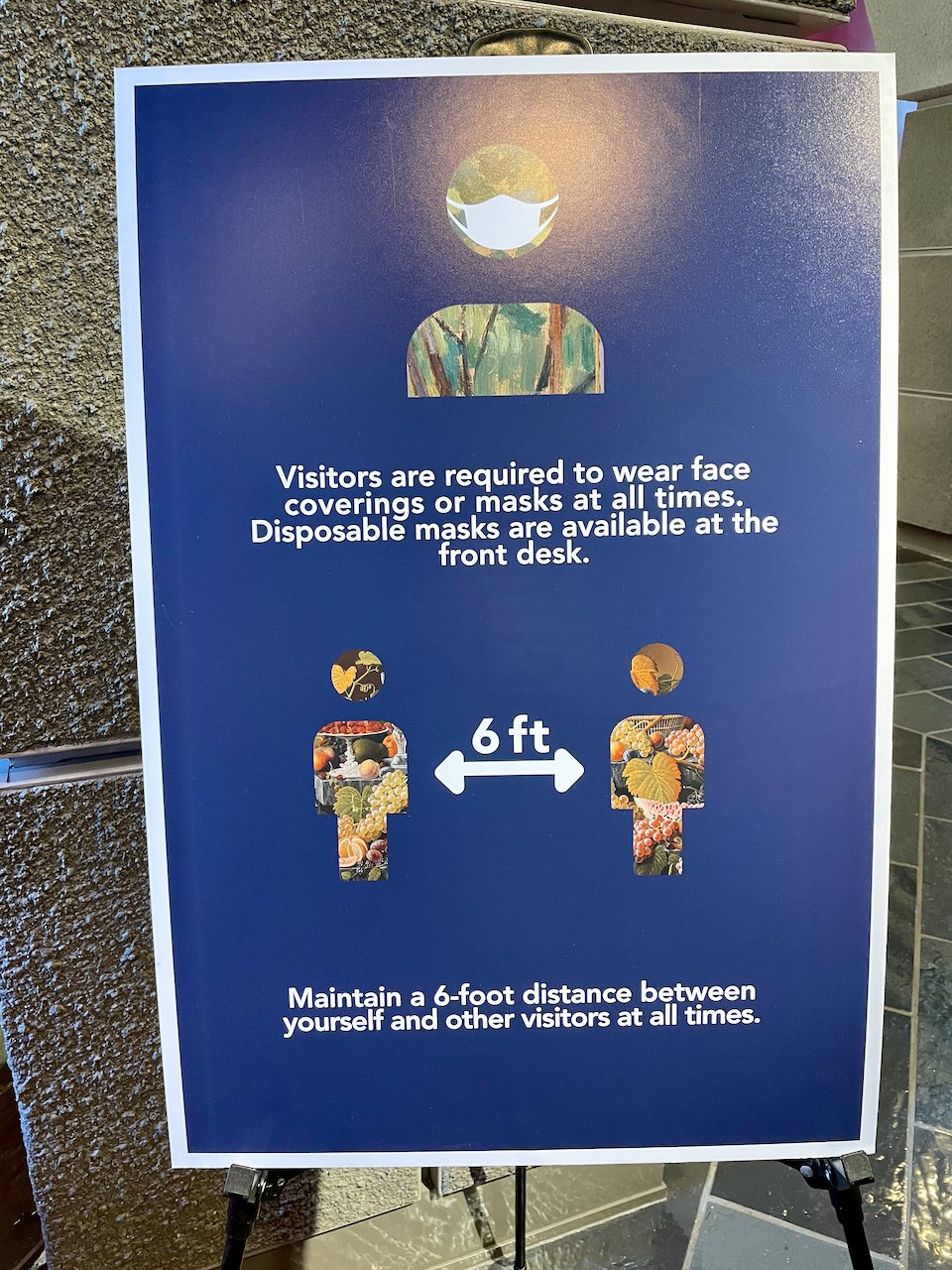May 28, 2021
Fine Wine and Good Spirits
Southridge Plaza, State College, PA
iPhone 7
September 3, 2021
Weis Markets
Bellefonte, PA
iPhone 12 Mini
October 27, 2022
Weis Markets
Bellefonte, PA
iPhone 12 Mini
December 18, 2021
Kid to Kid
State College, PA
iPhone 12 Mini
October 16, 2021
Ikea
Conshohocken, PA
iPhone 12 Mini
This set took me a while to finish posting, but I finally got there. It's partly due to time constraints—I post another picture into a set when I get a free moment, and as brief as it may take to post a photo, write caption info + ALT text, and share it on a few platforms, time's been in short supply lately.
A quirk of this particular set, too, is that what I'd originally classified as "Changes to Normal Business Operations" previously included signs with now enough fellows to fit into posts and categories of their own, to be posted later, including in particular Staffing and Supply Chain-related signage.
One of my models for this project, Neil Kramer's Quarantine in Queens, seems to be nearing its end, though my own (while not nearly as prolific) is likely to continue for some time. Part of this is, once again, due to time constraints—I have many more sets of photos collected that I have yet to post.
Part of it, too, is the lingering nature of signage. It ages over time and shows that age, and depending on the particular one, it's also likely to just continue to hang out there.
These particular signs are probably the outliers—I think the water fountains at Ikea are running again, you can pick up the toys at Kid2Kid, and as far as I recall, corn shucking at Weis is once again permitted.
The ones that seem likeliest to linger are the floor markers. I continue to see them, though I think they're much less frequently adhered to than they were a few years ago.
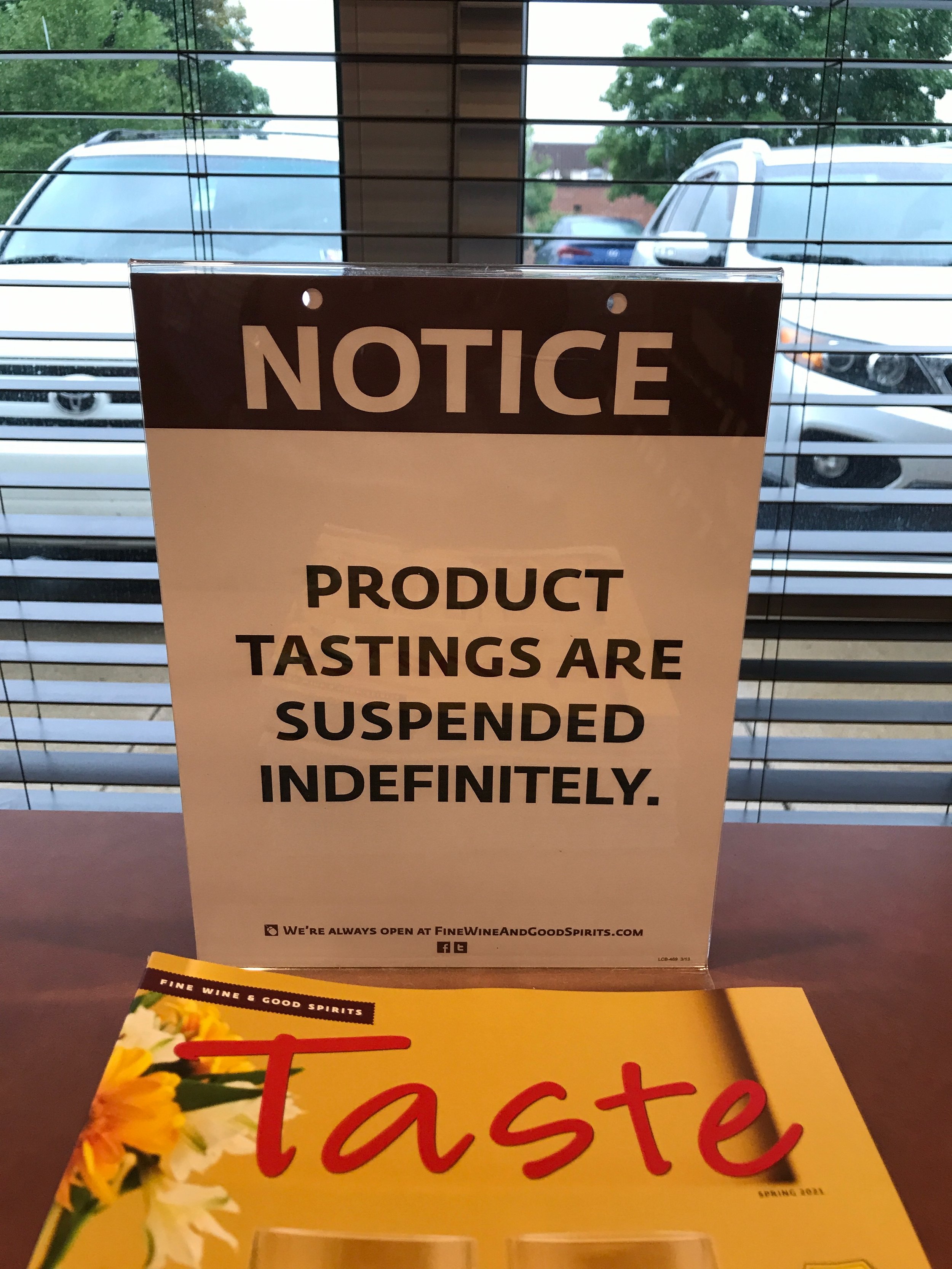


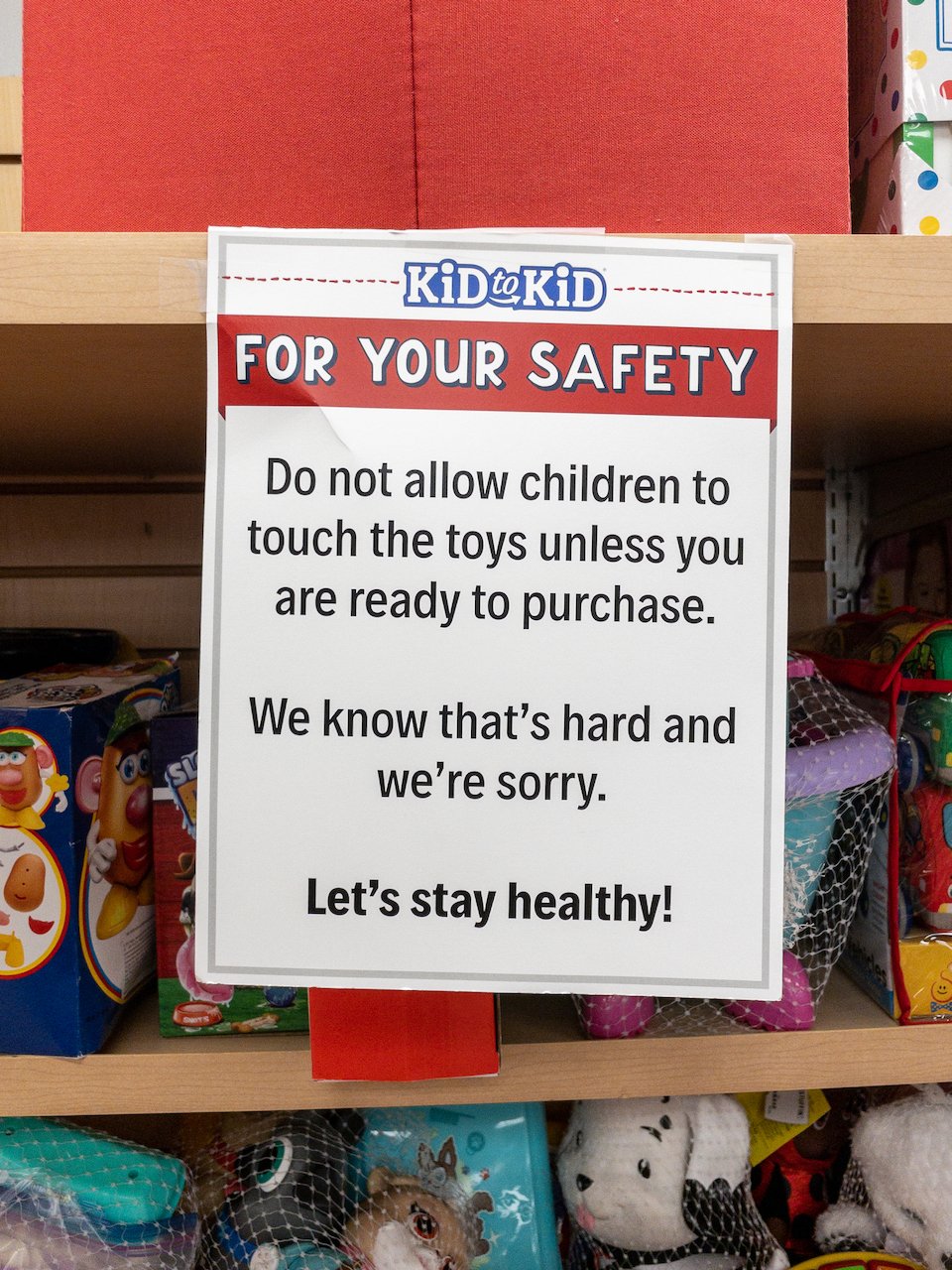






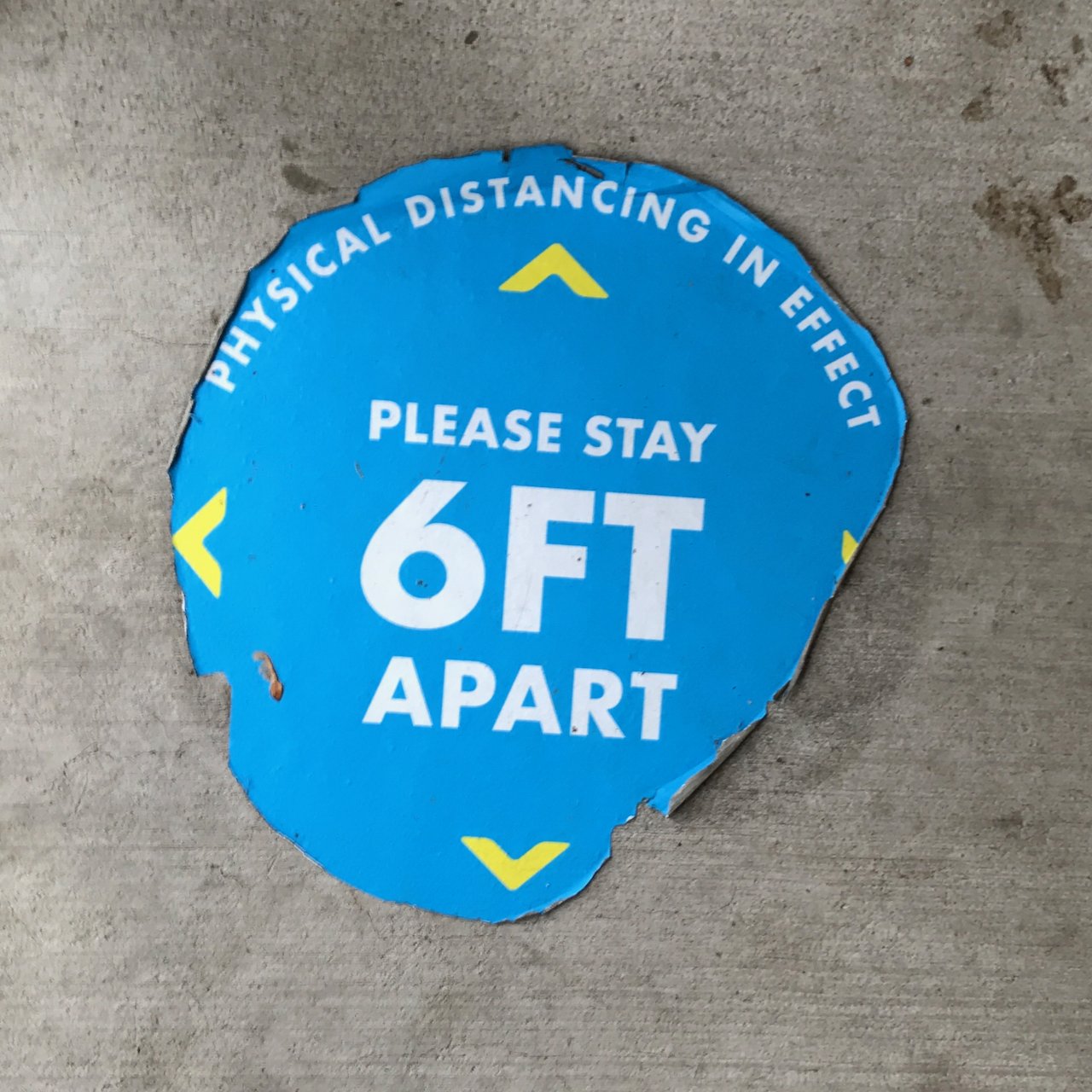
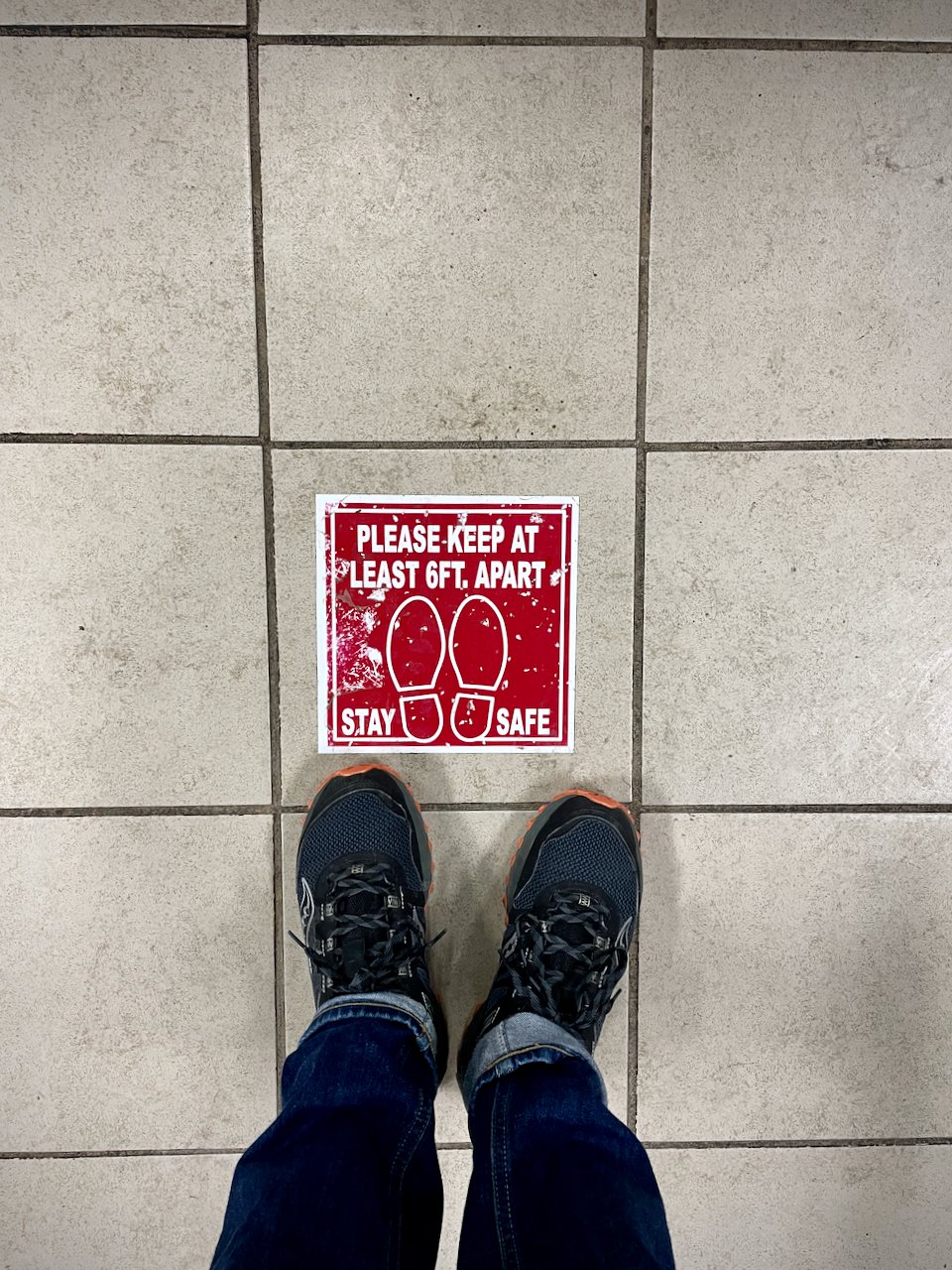
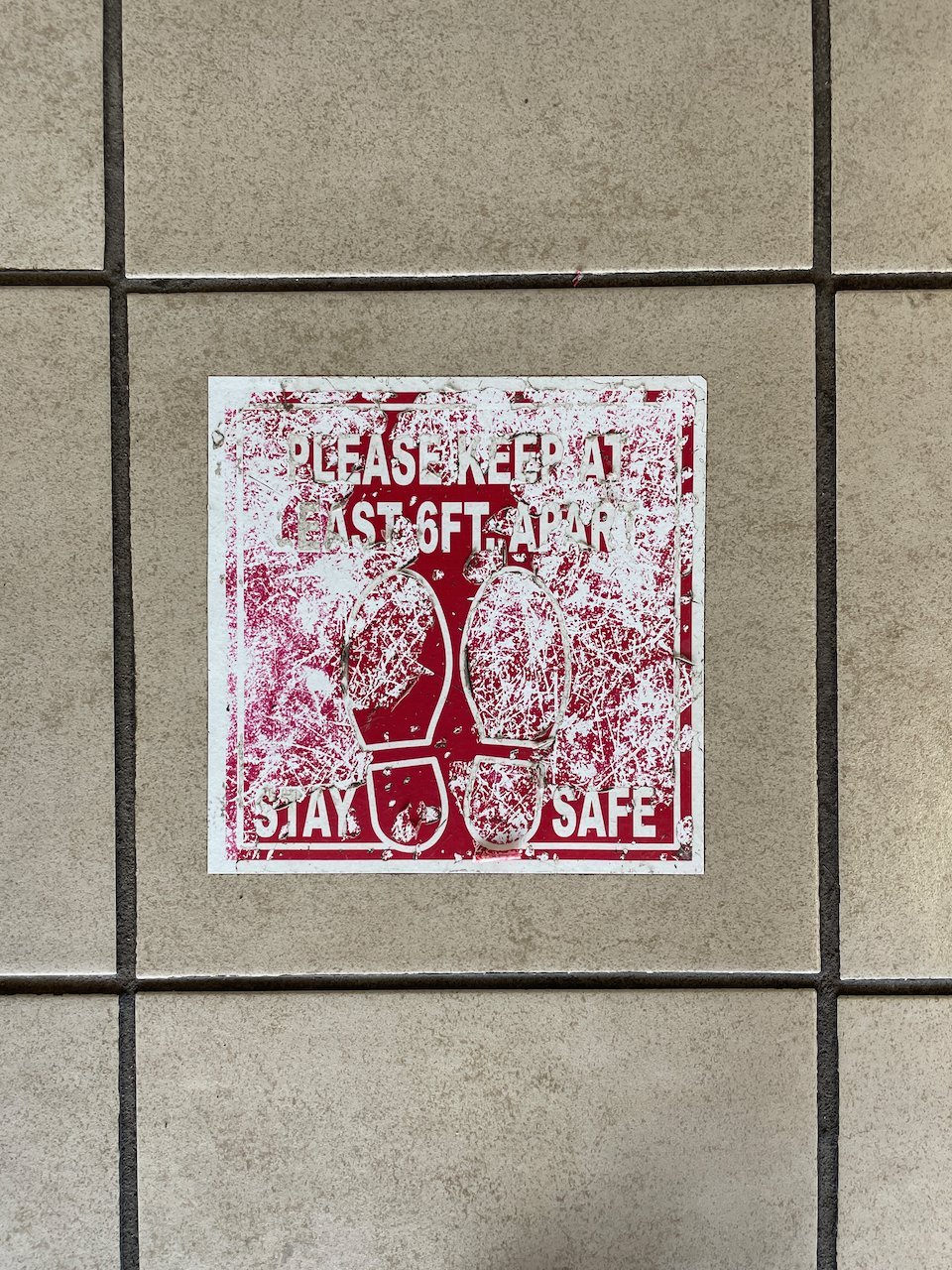



![Laminated sign styled like a Magic: The Gathering card. It reads“ EQUIP MASK. Mask Required. [Magic tap symbol] when tapped, mask is optional.”](https://images.squarespace-cdn.com/content/v1/56351732e4b0d0d5bc1827cb/a098dd3d-8f48-4d42-af12-cfcc8f6c21d5/2022-01-09+COVID-19+Sign+Project+-+Masks+Required+-+1.jpeg)
